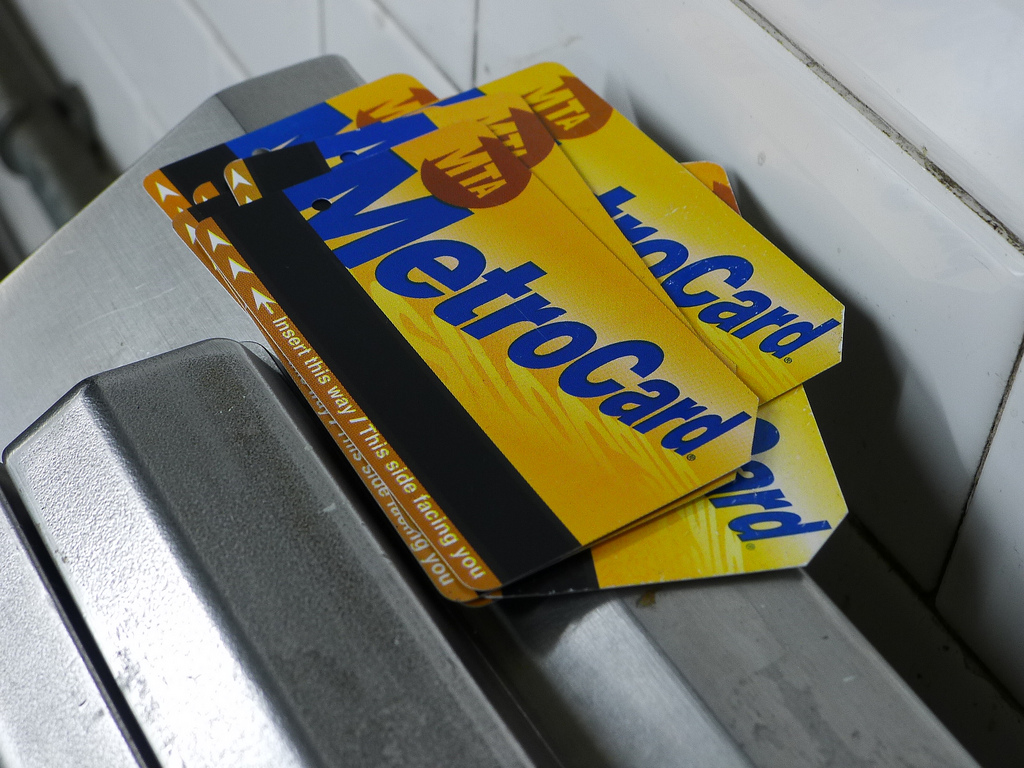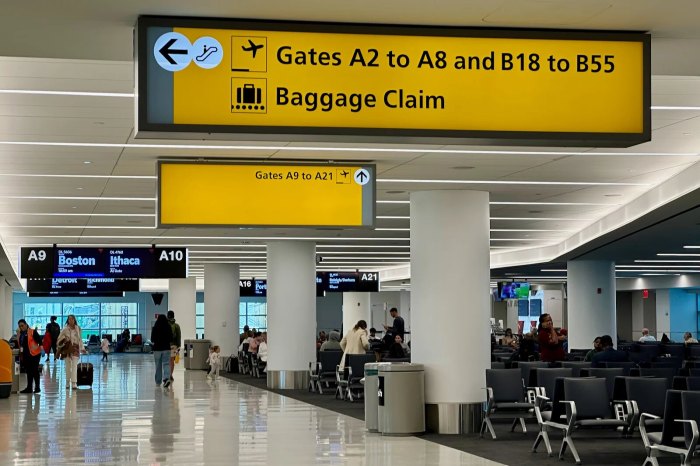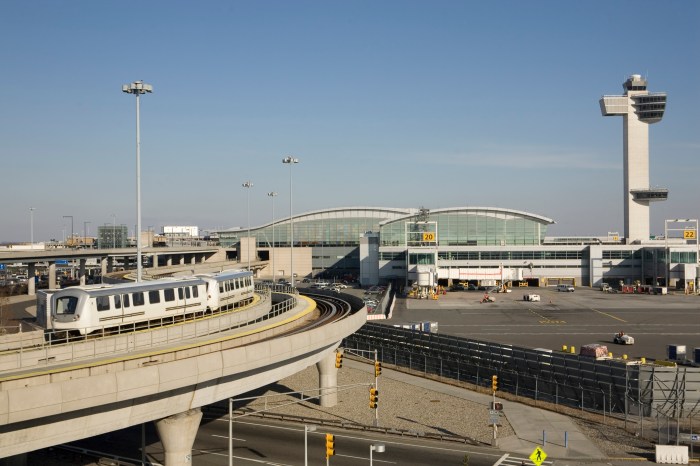Since committing $106 million in the 2010 budget to half priced MetroCards in June, the de Blasio administration may have overlooked important rider demographics when organizing the program, according to New York City Comptroller Scott Stringer.
Stringer believes that some of the poorest commuters may still be stuck paying $2.75 per swipe as the Fair Fares program only give half price to seven-day and 30-day unlimited MetroCards.
With only 15 percent of unlimited passes being purchase by the those below poverty level, according to New York City Transit stats cited by Stringer, half-priced fares may still be just out of reach for the demographics the program was designed for, Stringer wrote in a letter sent to city Human Resources Commissioner Steven Banks.
“Given the high cost of these unlimited passes, even at half-price, I am concerned that many New Yorkers below the poverty line will not be able to afford them,” Stringer said in the letter. “Clearly, low-income riders are heavily dependent on these lower cost options. As you know, the existing Reduced-Fare MetroCard program allows seniors and disabled riders to obtain single-ride discounts, and yet the current plan would exclude low-income riders eligible for Fair Fares from the same option. That would seem to make little sense if the point of Fair fares is to make transit more affordable for all New Yorkers living below the poverty line.”
The Fair Fares program is set to open for enrollment on Jan. 1.
About 35 percent of all single-ride passes are purchased for those making below $25,000 per year, according to NYC Transit’s statistics referred to by Stringer.
Among Stringer’s other concerns were accessibility of the program for immigrants, who will be prioritized at the outset of the program, how people not already enrolled in the HRA’s programs will be able to apply as well as questioning if adequate investment and outreach about Fair Fares had been conducted.
“We hear the concerns and are taking them seriously,” HRA spokesman Lourdes Centeno said. “We’re prepared to launch the program in January and will have details to announce soon.”
According to City-Data, 18.2 percent of Queens residents lived below the poverty line in 2016 which the U.S. Census Bureau placed poverty in the borough at 12.2 percent in 2018, but noted that this figure may not be fully accurate considering challenges to the methodology.
Transit advocate groups such as Riders Alliance and other activist organizations put pressure on the de Blasio administration starting in April to include the program in the Fiscal Year 2019 city budget before it could be passed.
In June, Mayor Bill de Blasio acquiesced to the demands and included $106 million in the budget to fund the program for applicants who make below $25,000 per year, a far cry from the $220 million members of the public were calling for originally.




































